
Nov 19th 2024
Single photon detection
Image intensifiers solutions for single photon counting applications

Nov 19th 2024
Image intensifiers solutions for single photon counting applications

Nov 18th 2024
Image intensifiers solutions for high-speed imaging, scientific and solarblind UV applications
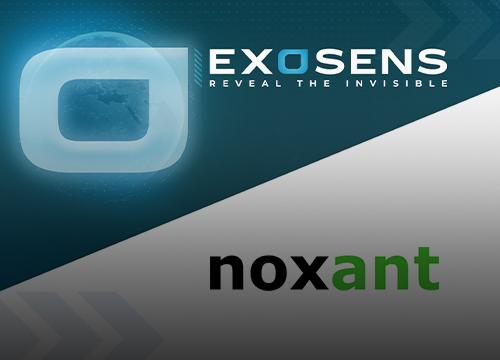
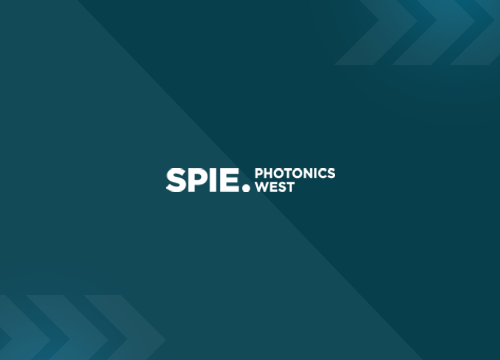
San Francisco.
FROM Jan 25th 2025 TO Jan 30th 2025
Visit Exosens at BiOS Booth 8359 and Photonics West Booth 1827, in San Francisco

Nov 06th 2024
Infrared imaging and camera systems lead to innovative and powerful solutions.

Oct 28th 2024
Exosens today announces its revenue and adjusted gross margin for the nine-month period ended 30 September 2024.
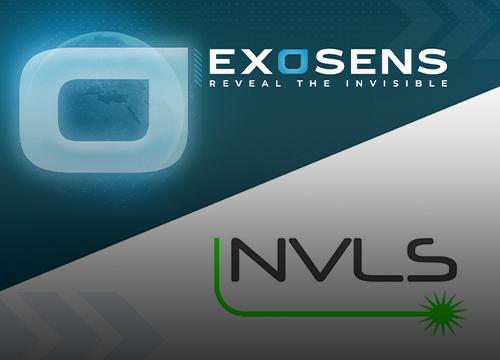
Oct 22nd 2024
Exosens announces agreement to acquire NVLS (Night Vision Laser Spain), specialist in night vision equipment
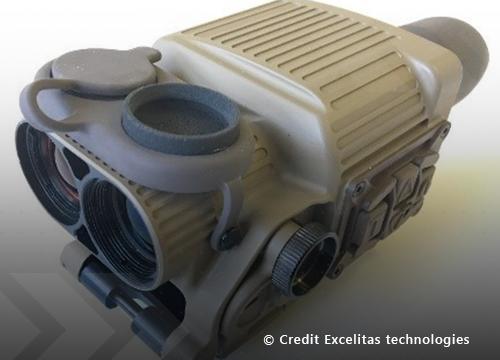
Oct 11th 2024
Exosens’ subsidiary Photonis wins key role in UK MoD’s Talon fused weapon sight contract

Sep 26th 2024
Exosens invests £1m to propel space research and innovation for the Meteor programme in partnership with Leicester’s Space Park
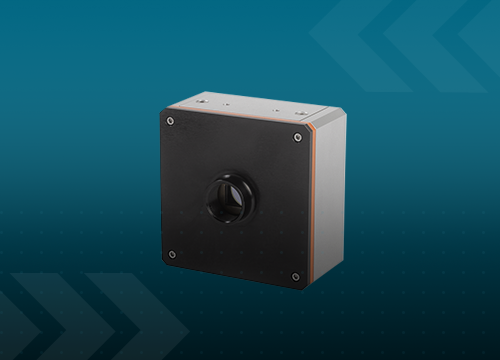
Sep 12th 2024
Xenics expands its advanced imaging portfolio with launch of cheetah+ series
Stay connected
Stay informed and connected to the latest news from Exosens by signing up.